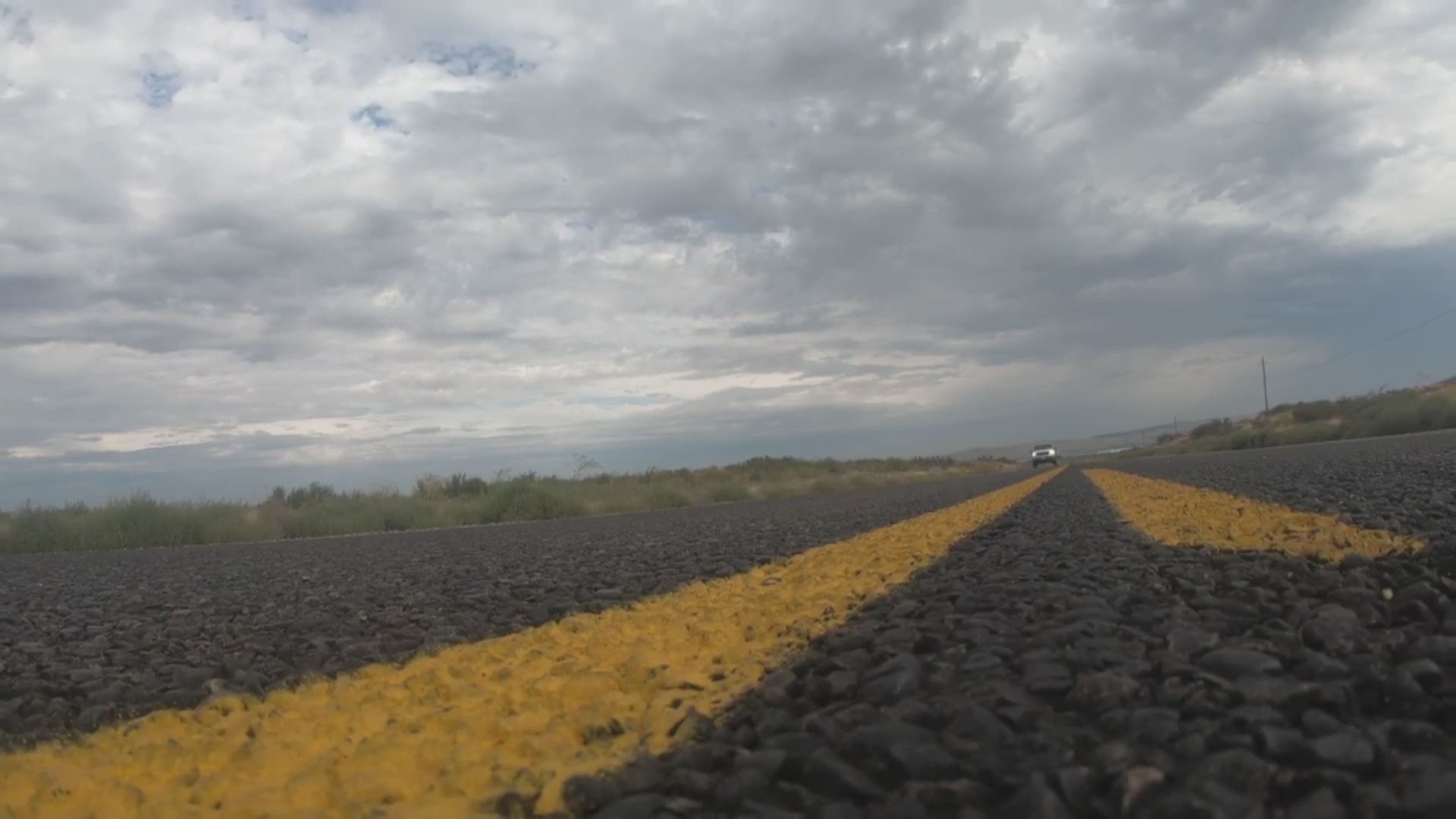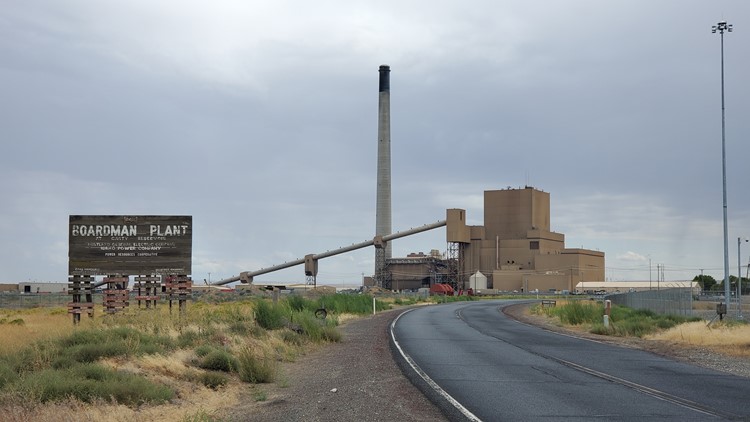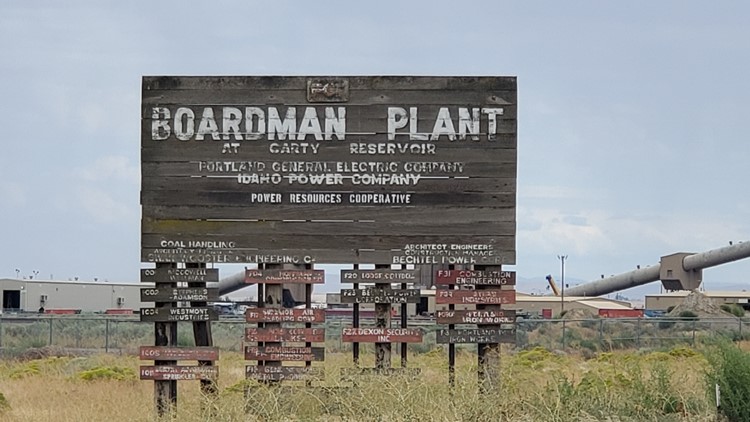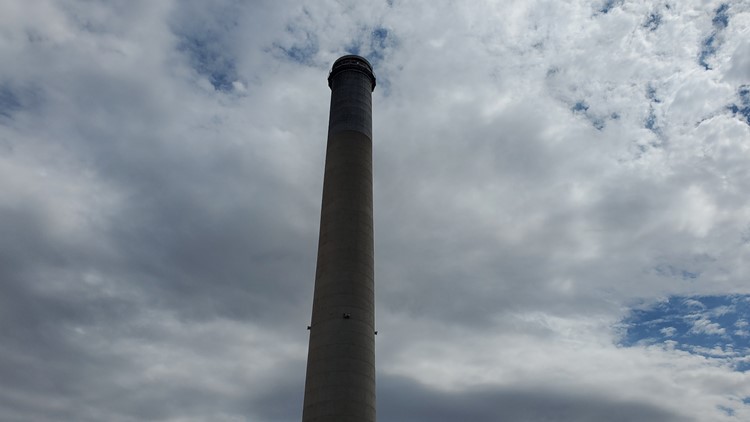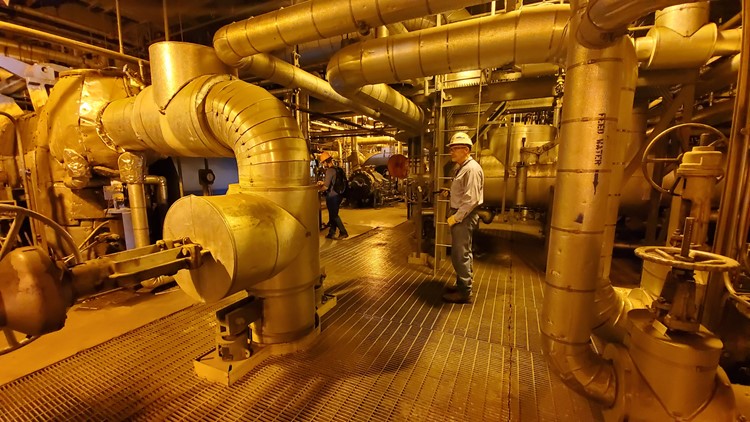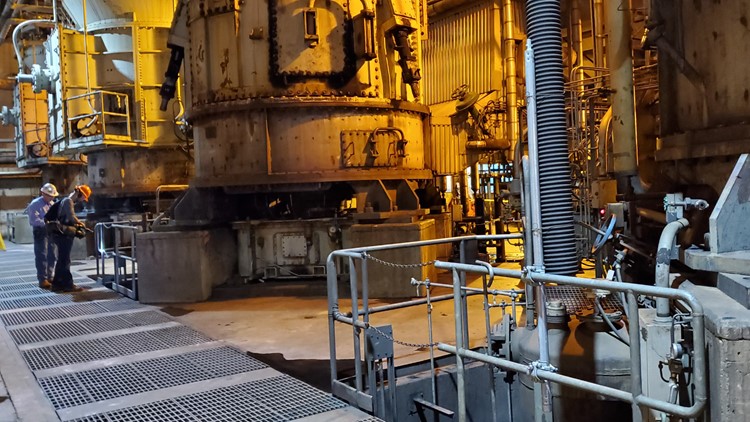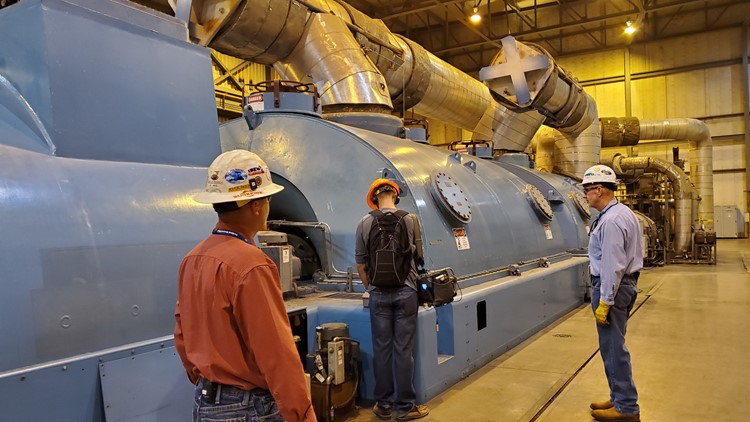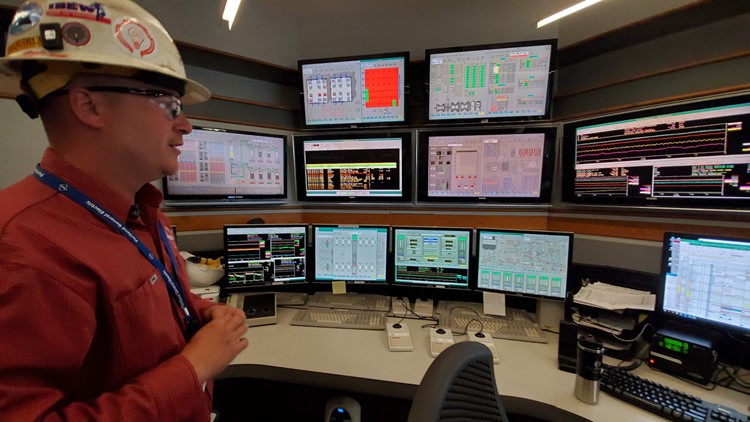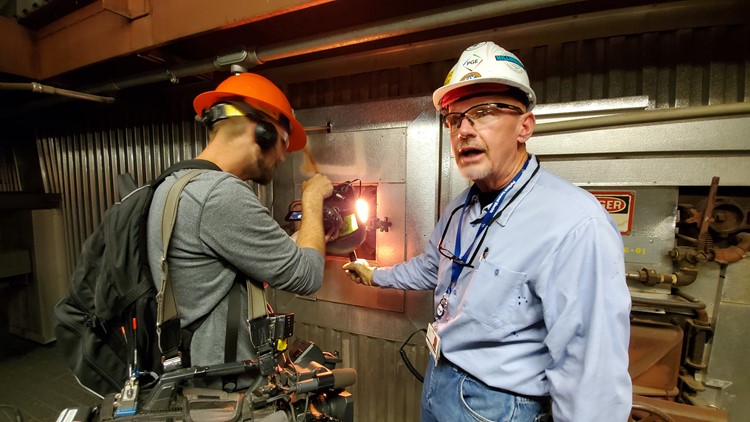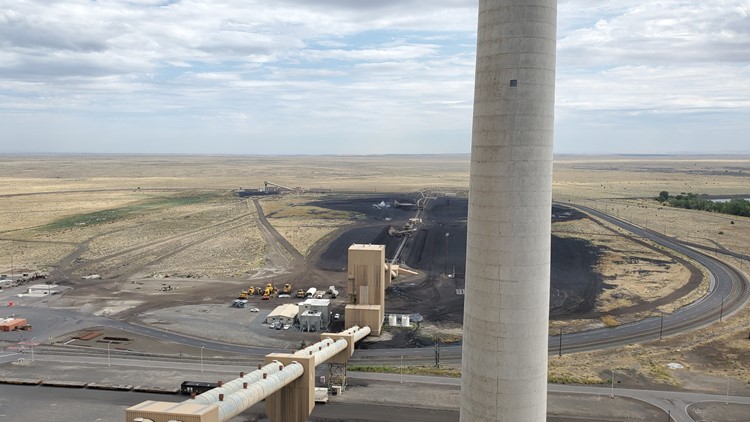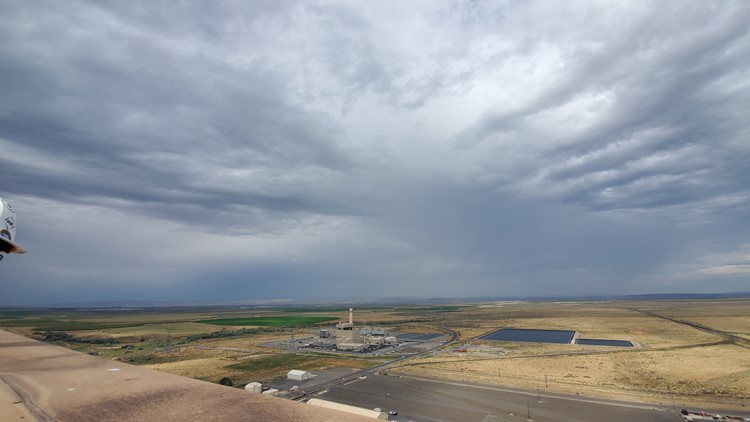Oregon's Boardman Coal Plant is set to close next year
We got a look inside Boardman Coal Plant. It's the biggest single-point pollution source in the state. But it also provides low-cost power and high-income jobs.
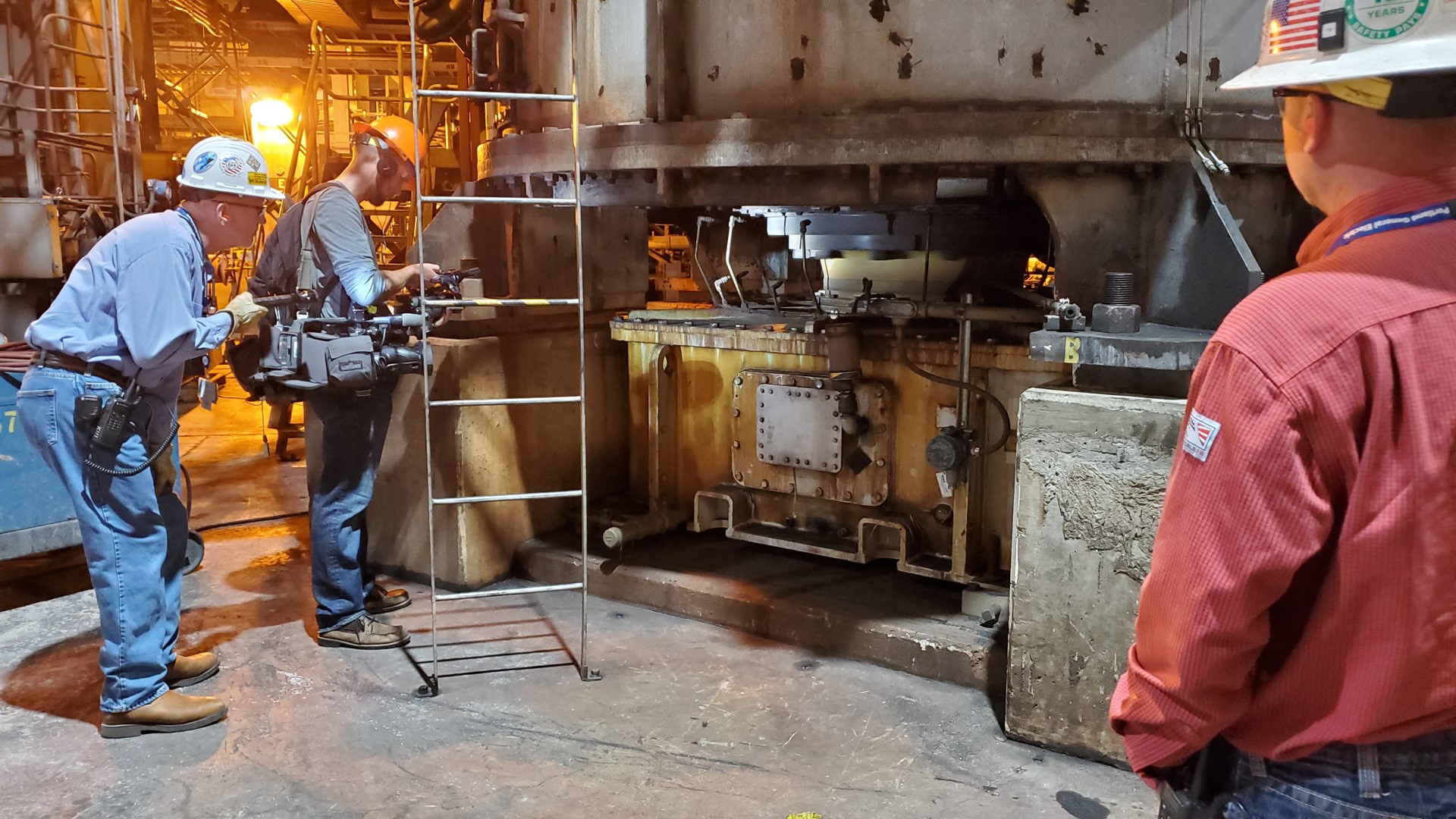
The Boardman Coal Plant was built in the late 1970s for Portland General Electric. It was a time when Oregon’s population was growing and the OPEC oil embargo of the early 1970s was still fresh. The country wanted more energy choices, and a coal plant seemed like a good choice at the time.
Times have changed. A combination of lawsuits, political pressure and cheaper alternative power have doomed the plant long before its mechanical life is over.
Portland General Electric has agreed to shut the plant down in 2020. Because it's the biggest single-point source of pollution in Oregon, environmental advocates like the Sierra Club's Cesia Kearns say it a big win that sets an example for the nationwide fight against climate change.
But it’s heartbreaking for the workers who've spent years at the plant, making a good wage and lifelong friendships.
Shutting it down
The Boardman Coal Plant could run another 30 or 40 years, according to the people who work there; instead, PGE has agreed to shut it down next year.
“We’re gonna put the thing to bed early,” said Dave Rodgers. He's an electrical engineer who spent years working at the plant, many of them as the top executive. He now manages all of the PGE thermal plants in Eastern Oregon.
He is proud of his years at the coal plant and what it accomplished.
“The question is, 'Did you do something worthwhile with your life?' And I can honestly say, 'Yeah.' I can say I provided a useful product to people that they used, that they benefited from,” Rodgers said.
Boardman stands in stark contrast to the surrounding farm fields.
The smoke stack stands 656 feet tall, roughly the height of a 60-story building.

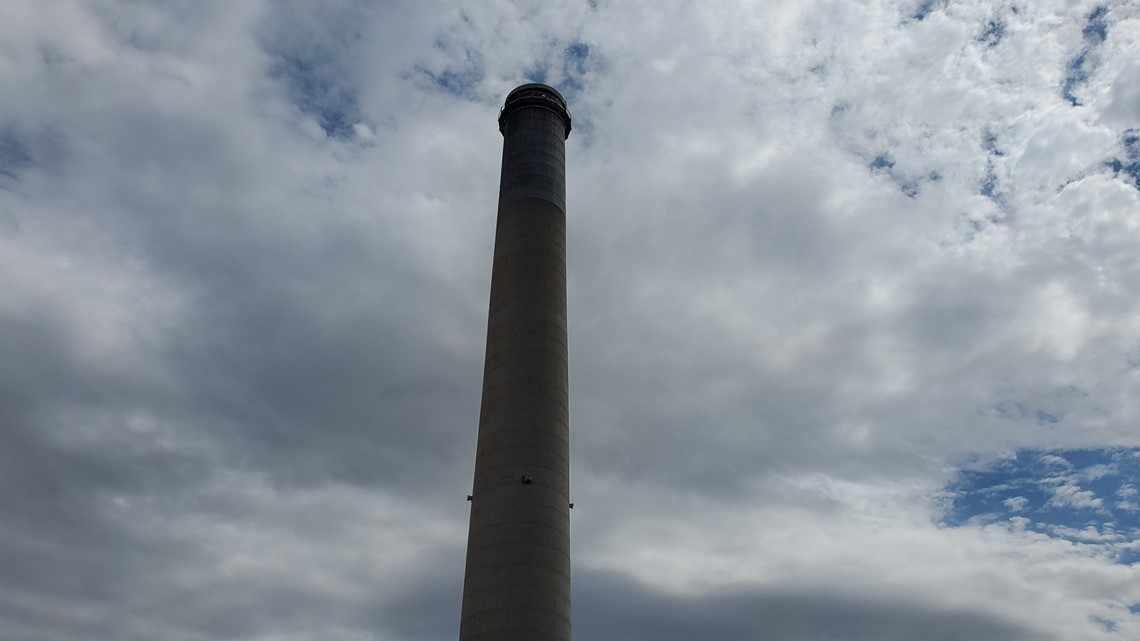
Mountains of black coal rise from the ground. There are roughly 500,000 tons tons of it here at any given time, enough to run the coal plant and power 500,000 Portland-area homes for a month-and-a-half. When its running at full output the plant burns five-and-a-half tons of coal a minute.
Hold the coal in your hand and you'll notice it is surprisingly lightweight, like the pumice rock you might find around Mt. St. Helens.
The coal looks like firewood that burned to black but did not disintegrate, and it comes apart easily.
Three trains a week re-supply the coal pile. Each train pulls 100 cars and each car carries 120 tons of coal from the Powder River Basin of Montana and Wyoming.
The plant only orders, and will only burn, low-sulfur coal to help reduce emissions.
Ten years ago, PGE installed $60 million worth of pollution controls to further lower pollution from Boardman.
A spokesman said the decision to mothball the plant came back in 2009 after it was clear PGE would need to spend $600 million to fully comply with emissions requirements.
Cesia Kearns fights coal plants like this on a regional basis for the Sierra Club. The Sierra Club filed the lawsuit that led to the decision to close Boardman.
She said the end of the state’s only coal plant is good for everyone.
“This plant was the largest source of climate pollution—the largest single source of climate pollution and air pollution—in Oregon. And the fact that we’re going to be moving past that, and hopefully accounting for the change that’s coming for the community, is a pretty big deal,” she said.
Inside the Boardman Coal Plant
Drive east of Portland for 170 miles along the Columbia River and you will approach the town of Boardman. Turn right and travel south, down a quiet farm road another 10 miles and you will arrive at Oregon’s only coal-fired electric plant.
The first thing you notice in the empty visitor parking lot (yes, its that much off the beaten path) is the crackle of electricity. It comes from the coal plant and runs on thick wires to the nearby substation next to the parking lot. It sounds like the static noise you hear under high-voltage lines out in rural areas, but much louder.
Photos: A tour of the Boardman Coal Plant
The Boardman Coal Plant is a good employer for the people who work there. The average wage is around $90,000 a year, very good money with the lower cost of living in Eastern Oregon.
Becky Gardner started working at the plant 15 years ago. She and everyone else have known for nearly a decade that the end is coming. But as it gets closer, that reality gets harder.
“To me, its sad,” she said. “There are a lot of great, knowledgeable workers here."
Gardner will retire when the plant closes. Others will join her or take jobs with PGE in other plants, and still others will end up unemployed.
Josh Hagel is the current plant manager at Boardman. He grew up in Estacada then moved to the Boardman area to start working at the plant. He was 22 years old back then. Over the years he’s worked his way to the top.
On a recent visit he showed off the plant, which gives off a deafening sound when you step inside. Massive machines were running to operate the plant in a tower of engineering mastery.
Pipes seem to run everywhere. They carry cold and hot water and chemicals that help keep the pipes and other metals from corroding.
The cement floor is surprisingly clean, not a scrap of paper or debris is left anywhere.
How it works
The coal is moved from the yard to a pulverizer machine, where it's crushed into fine powder, similar to talcum powder. The powder is sprayed through nozzles into a massive burner where a roaring fire is underway. The powder ignites and keeps the furnace super hot.
The burner is part of a boiler 20 stories high, hanging from the ceiling.
The fire heats water in pipes above the boiler, turning it to incredibly hot steam, 1,000 degrees Fahrenheit.
The steam spins a turbine that turns a generator and makes electricity.

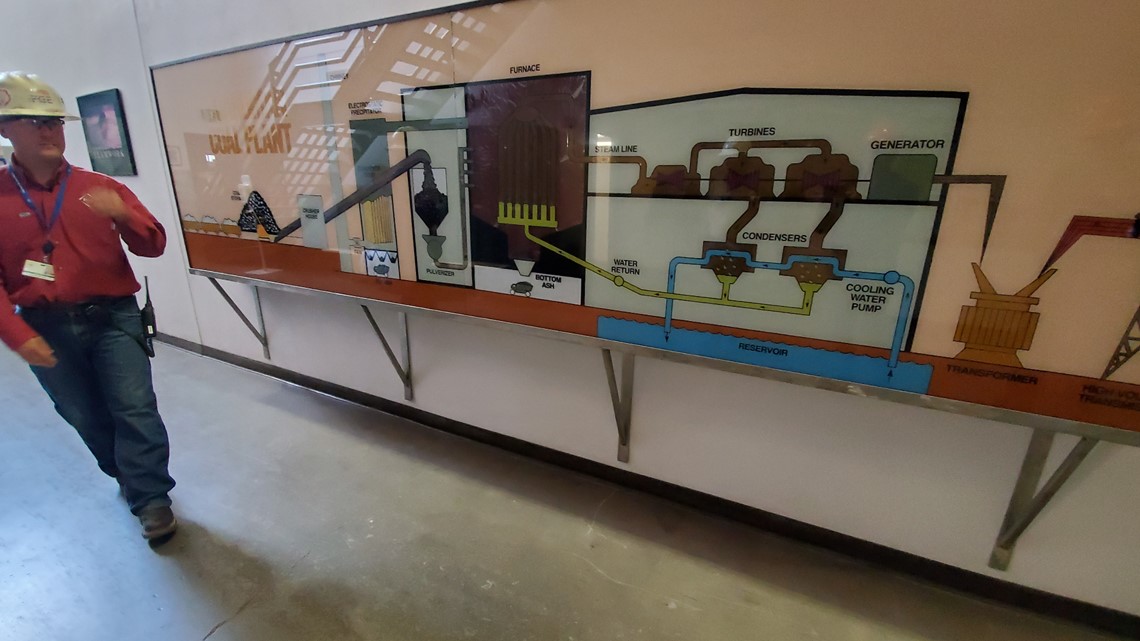
A 17-acre man-made lake sits next to the plant. It was created to rotate cold and hot water through the plant’s system. The nearby smokestack looms over everything.
“It just helps with the burning, the flue gas. After we air-combust with the plant, it has to go through the rest of the boiler, through the plant and that helps with the draft, taking it out of the plant,” said Hagel.
The coal plant was running full out but nothing visible was coming out of the smokestack.
“We have precipitators and they’re electrically charged panels in there, and it takes all the ash and the flash out of there,” said Hagel.
PGE spokesman Steve Corson said additional steps have helped cut pollution at the site.
“When we settled on the Boardman 2020 plan for regional haze, and separately agreed on a plan to meet new state/federal rules for mercury control, we agreed to install new emissions controls that included the injection systems to remove mercury and SO2, plus new low-NOx burners to reduce emissions of oxides of nitrogen," Corson said. "Those added up to an investment of about $60 million, and reduced nitrogen oxide emissions by about 50 percent, mercury emissions by 90 percent, and sulfur dioxide emissions by 75 percent.
Still, the plant has a significant environmental impact. It puts out about a million and half metric tons of carbon dioxide each year.
Oregon's largest single-point source of pollution
That carbon dioxide output makes the coal plant the largest single-point source of pollution in Oregon. Automobiles are the largest non-single-point source of pollution in the state.
But it’s also tiny when you consider worldwide carbon emissions from coal plants in 2018 totaled 10 gigatons—that’s 10 billion metric tons—according to the International Energy Agency. Most of that came from Asia, according to the agency’s report.
“Well you might think about a drop in the ocean. The ocean is comprised of drops right?” Kearns said when asked about the relatively small global impact of closing Boardman.
She said the Boardman plant’s pollution contributes to acid rain that harms sensitive Native American sites in the Columbia Gorge and it increases health problems in the area. She added that closing Boardman will set a good example nationally.
She believes the era of using coal a power source is coming to an end in the Northwest.
“I think it is and I think it has to,” she said.
Not surprisingly, not everyone in the plant agrees.
“I do think coal has its place in power generation for the reliability,” said plant electrical engineer Marc Andreason.
He has a personal warning about the future.
“Hydro’s great. The wind and solar are great as well. But in peak load times, heavy summer, heavy winter, you have to have a reliable backup, and this is what this plant provides," he said. "Not only a backup, but we’ve got storage on site that even other plants, even other thermals don’t have. Unique. We have a month and a half of coal to burn, full load, on the ground. Natural gas doesn’t really have that.
"It’s the whole picture. And the frustrating thing to me is: I don’t think the general public understands the full picture. And with them not understanding it, they want coal to go away. But yet, they still want the power when they want it, at all times of the year.”
What will replace the Boardman Coal Plant?
PGE said it has plans for replacing most of the lost coal power, though there are still some unknowns. But the plant will close; there’s no going back on that one.
Not everyone is happy about that, including Morrow County Commissioner Don Russell.
“Those jobs are at the very top end of the pay scale for this area,” he said.
He is one of many who are unhappy with the closing of Boardman and the expansion of alternative energy across Eastern Oregon.
“There’s only so much room here, and although we in Eastern Oregon have agreed to allow windmills to dot our landscape, and we’ve got the resource for sun, it’s not unlimited," he said. "And we don’t want all of our ground covered by windmills and solar."
I asked if he resents the changing landscape, including wind turbines, which keep the lights on in Portland.
“The viewscape is important to us, just like it is to the people who live in the west hills of Portland,” he said.
He added that the county recently signed a new contract with a wind farm that will keep the blinking red lights at the top of the machines off at night, unless something approaches it.
Regardless of resentments about alternative energy or concerns about dependable supplies, the Boardman Coal Plant is closing.
Dave Rodgers, the former plant manager, will always have fond memories of the Boardman Coal Plant.
“I’m an electrical engineer by education and profession," he said. "I couldn’t think of a better place than a power plant to work."
“I just, you know, I really like working here," said Rodgers. "It’s a good place.”


